LED Light Bulb Cost: How Much Should You Expect to Pay?
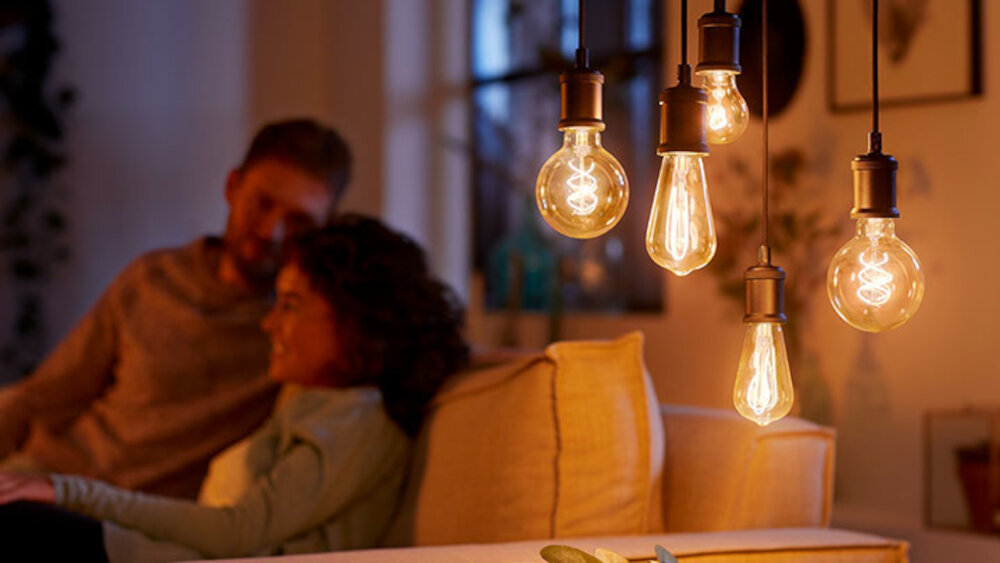
LED light bulbs have become increasingly popular in recent years due to their energy efficiency, longevity, and environmental friendliness. While they may cost more upfront than traditional incandescent bulbs, LED bulbs are known to last significantly longer and can save consumers money in the long run. However, with so many brands and types of LED bulbs on the market, it can be challenging to determine how much you should expect to pay. The cost of LED light bulbs can vary depending on several factors, including the wattage, lumens, and brand. Additionally, some LED bulbs may come with additional features such as dimming capabilities or smart technology, which can impact the cost. It’s essential to consider your budget and needs when shopping for LED bulbs to ensure you find the right one for your home or business. In this article, we’ll explore the average cost of LED light bulbs and what factors can impact the price.
Factors Affecting LED Light Bulb Prices
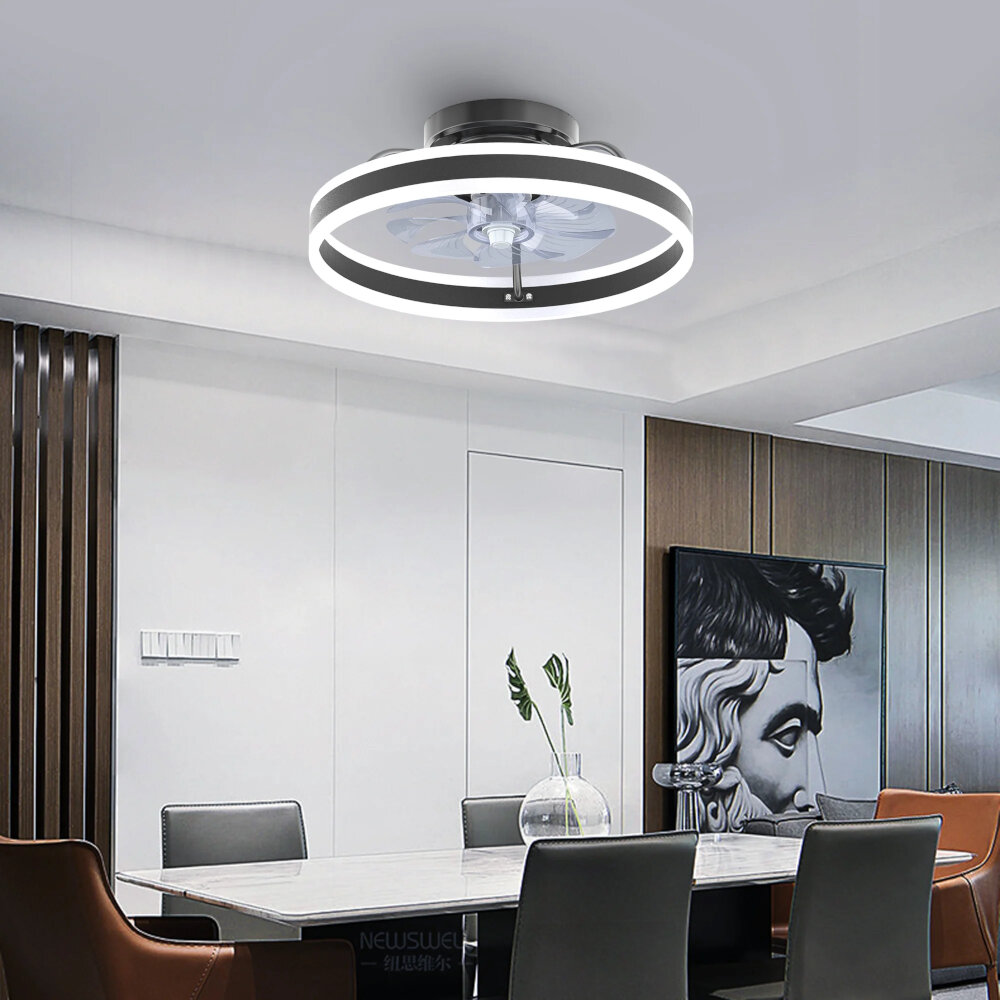
LED light bulbs are becoming increasingly popular due to their energy efficiency and longer lifespan compared to traditional incandescent bulbs. However, the cost of LED bulbs can vary depending on a number of factors. One of the main factors that affects LED light bulb prices is the quality of the bulb. Higher quality bulbs with better components and more advanced technology may cost more than lower quality bulbs. This is because they are more durable, have a longer lifespan, and are more energy-efficient, which can save consumers money in the long run. Another important factor that affects LED light bulb prices is the brand. Some well-known brands may charge a premium for their products due to their reputation and perceived quality. Consumers may also be willing to pay more for a brand they trust, even if the difference in quality between brands is minimal. Additionally, the availability of LED bulbs in a particular region or country can also affect their price. In areas where LED bulbs are not widely available, prices may be higher due to increased shipping and distribution costs. Overall, understanding these factors can help consumers make informed decisions when purchasing LED light bulbs, ensuring they get the best value for their money.
When it comes to LED light bulbs, the quality of materials and components used can greatly affect the overall cost. High-quality materials and components, such as advanced circuitry and heat sinks, can increase the price of the bulb but also improve its performance and lifespan. Cheaper bulbs may use lower quality materials and components, which can lead to a shorter lifespan and decreased performance. It’s important to consider the long-term cost savings of investing in a higher quality LED bulb, as they typically have a longer lifespan and use less energy, resulting in lower electricity bills over time. Additionally, using high-quality bulbs can also contribute to a more sustainable and environmentally friendly lifestyle.
Brand and reputation are two crucial factors to consider when purchasing LED light bulbs. A reputable brand is a company that has built a positive image and established a level of trust among its consumers. It is important to choose a brand that you can rely on for quality products and customer service. A good reputation also ensures that the products you purchase are reliable and efficient, which is especially important when it comes to LED light bulbs. Investing in a reputable brand may cost more initially, but it can save you money in the long run by providing you with durable and energy-efficient products.
When it comes to choosing the right LED light bulb, wattage and lumens are two important factors to consider. Wattage refers to the amount of energy that a bulb consumes, while lumens refer to the amount of light that the bulb produces. In the past, consumers would use wattage as a measure of brightness, but with the introduction of LED technology, the relationship between wattage and brightness has become less linear. As a result, it is important to consider the lumens when selecting an LED bulb. Higher lumens mean a brighter light, and it is important to choose the right level of brightness for the intended use of the bulb. Additionally, LED bulbs are generally more energy-efficient than traditional incandescent bulbs, which means that they can produce the same amount of light while using less wattage. This can result in significant savings on electricity bills over time.
When it comes to LED light bulbs, there are several different types of bulbs to choose from, including A19, PAR, MR, and more. A19 bulbs are the most common type of bulb and are typically used in household lamps and fixtures. PAR bulbs are often used in recessed lighting and track lighting, while MR bulbs are commonly used in directional lighting. The type of bulb you choose will depend on your lighting needs and preferences. It’s important to note that while LED bulbs may have a higher upfront cost than traditional incandescent bulbs, they are more energy-efficient and can save you money in the long run.
When it comes to LED light bulbs, there are a variety of special features that can affect their cost. One of the most popular special features is dimmability, which allows the user to adjust the brightness of the bulb to their liking. Dimmable LED bulbs are typically more expensive than non-dimmable ones due to the additional technology required to make them adjustable. Other special features include color temperature, which can affect the mood and ambiance of a room, and compatibility with smart home systems, which allows users to control their lighting remotely. While these features can add to the cost of LED bulbs, they also provide added convenience and customization options for users.
Average Prices of LED Light Bulbs
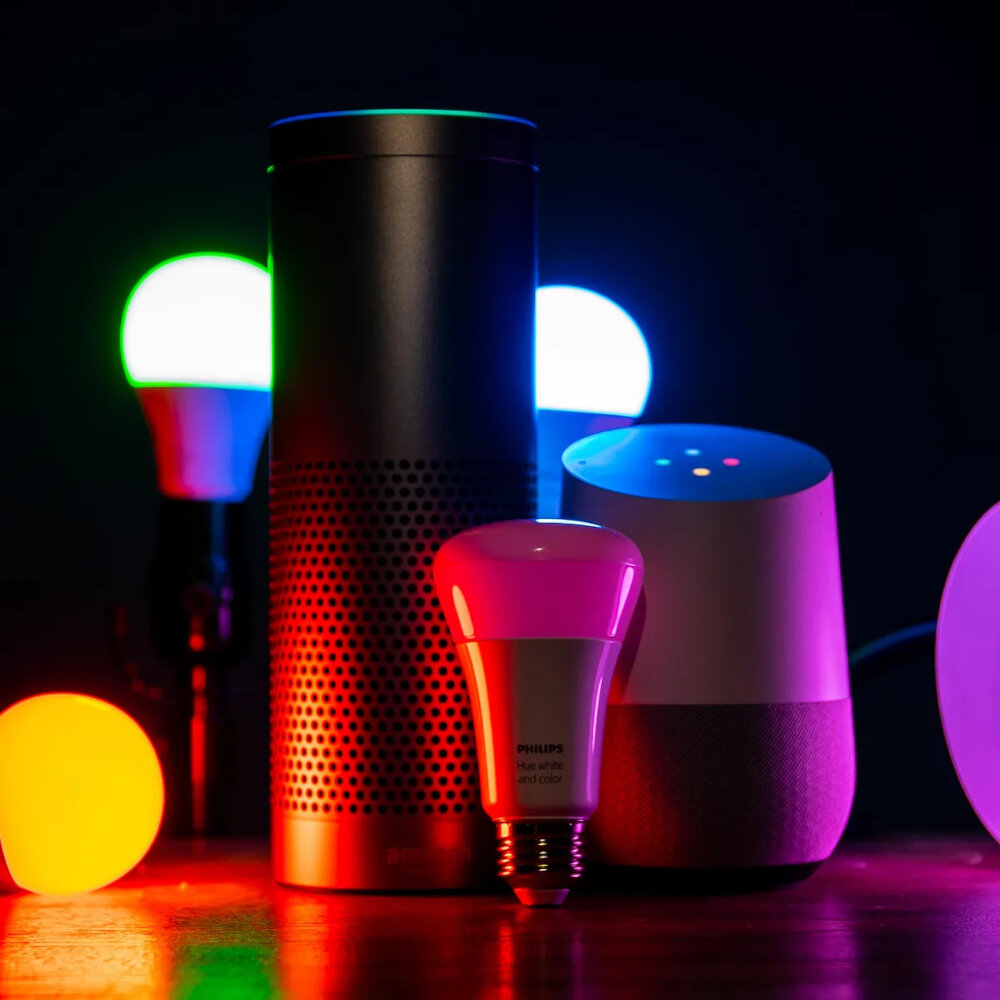
LED light bulbs have become increasingly popular in recent years due to their energy efficiency, long lifespan, and brighter illumination. However, many consumers are hesitant to make the switch due to concerns about the cost. The good news is that the average prices of LED light bulbs have dropped significantly in recent years, making them more accessible to the average consumer. While LED bulbs are still more expensive than traditional incandescent bulbs, the cost savings over time make them a worthwhile investment. On average, a standard LED light bulb will cost between $4 and $10, depending on the brand and features. Some specialty LED bulbs, such as those designed for outdoor use or dimming capabilities, may cost more. It’s important to note that while LED bulbs may have a higher upfront cost, they can save consumers money in the long run. LED bulbs use significantly less energy than traditional bulbs, which can result in lower electricity bills. Additionally, LED bulbs have a longer lifespan, meaning that they need to be replaced less frequently. Over time, these cost savings can add up, making LED bulbs a smart investment for those looking to save money and reduce their environmental impact. While the initial cost of LED bulbs may be higher, the benefits they provide make them a worthwhile investment for anyone looking to upgrade their lighting.
A19 bulbs are one of the most commonly used light bulbs in households and businesses. They are named after their shape, which is similar to that of a standard incandescent bulb. These bulbs are available in a range of wattages and color temperatures, making them suitable for a wide variety of lighting applications. A19 LED bulbs are rapidly gaining popularity due to their energy efficiency and long lifespan. While the cost of LED bulbs has decreased significantly in recent years, A19 bulbs can still be relatively expensive compared to other types of bulbs. The average cost of an A19 LED bulb is around $215, but prices can vary depending on factors such as brand, color temperature, and bulb wattage. Despite the higher upfront cost, A19 LED bulbs can save you money in the long run by using less energy and lasting longer than traditional incandescent bulbs.
PAR bulbs: $4$25 are a type of LED light bulb that is known for its versatility and efficiency. These bulbs are designed to provide a narrow and focused beam of light, making them ideal for accent lighting, task lighting, and outdoor lighting applications. PAR bulbs: $4$25 are also highly energy-efficient, consuming significantly less power than traditional incandescent bulbs while providing the same amount of light. While the upfront cost of these bulbs may be slightly higher than other types of LED bulbs, their long lifespan and energy efficiency make them a cost-effective choice in the long run. Overall, if you’re looking for an energy-efficient and versatile lighting solution, PAR bulbs: $4$25 are definitely worth considering.
When it comes to MR bulbs, also known as multifaceted reflector bulbs, they are a type of halogen bulb that features a mirrored reflector. As a result, they produce a focused beam of light, making them ideal for accent lighting and task lighting applications. The cost of MR bulbs can vary depending on the type and wattage, but on average, you can expect to pay around $5 to $20 per bulb. However, it’s worth noting that while MR bulbs are energy-efficient compared to traditional incandescent bulbs, they still consume more energy than LED bulbs, which have become an increasingly popular alternative due to their long lifespan and low energy usage.
Smart bulbs are a relatively new technology that has been gaining popularity in recent years. These bulbs are designed to be controlled via a smartphone app or voice assistant, allowing users to easily adjust the color, brightness, and scheduling of their lights. While they may initially seem more expensive than traditional LED bulbs, the added convenience and flexibility they provide can make them well worth the investment. Smart bulbs can cost anywhere between $10 to $40 depending on the brand and features, but they have the potential to save money in the long run by reducing energy consumption and eliminating the need for additional hardware or wiring. Additionally, smart bulbs can enhance the ambiance of a room by providing a customizable lighting experience that can match any mood or occasion.
Specialty bulbs, such as colored or dimmable LED light bulbs, can cost anywhere from $10 to $50 or more. These bulbs are designed for specific uses, such as creating ambiance or highlighting artwork or decor. While they may be more expensive than standard LED bulbs, they offer unique features and benefits that make them worth the investment for certain applications. Additionally, specialty bulbs often have a longer lifespan and use less energy than traditional incandescent bulbs, resulting in long-term cost savings. When considering the cost of specialty bulbs, it’s important to weigh the benefits they provide and determine if they are the right choice for your specific lighting needs.
Cost Savings of LED Light Bulbs
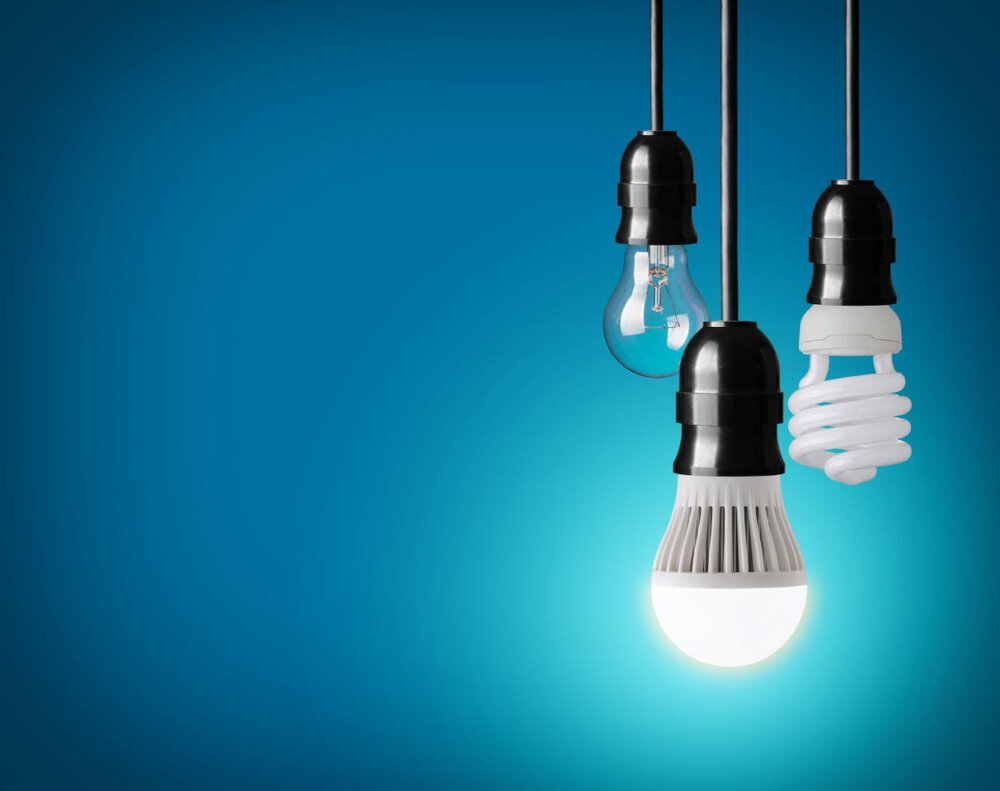
The cost savings of LED light bulbs are significant compared to traditional bulbs. LED bulbs use less energy and have a longer lifespan, resulting in lower electricity bills and fewer replacements. The initial cost of LED bulbs may be higher, but the long-term savings make them a wise investment. LED bulbs also produce less heat, making them safer and more energy-efficient. In fact, LED bulbs use up to 75% less energy than traditional incandescent bulbs and last up to 25 times longer. This means that the total cost of ownership for LED bulbs is significantly lower than that of traditional bulbs. Moreover, LED bulbs are more environmentally friendly than traditional bulbs. They contain no hazardous materials and use less energy, resulting in lower carbon emissions. This means that not only are LED bulbs cost-effective, but they are also sustainable and better for the environment. Additionally, LED bulbs come in a variety of styles and colors, making them a versatile and stylish option for any home or business. Overall, the cost savings and environmental benefits of LED bulbs make them a smart investment for anyone looking to save money and reduce their carbon footprint.
Energy savings are a crucial aspect to consider when choosing the right LED light bulb. LED bulbs are well-known for their energy efficiency, consuming up to 90% less energy than traditional incandescent bulbs. This translates to significant savings on your electricity bills and a lower carbon footprint. LED bulbs also last longer, up to 25 times longer than incandescent bulbs, reducing replacement costs and waste. In addition, LED bulbs emit less heat, making them safer to use and reducing the load on your air conditioning system. Investing in LED bulbs may require a higher upfront cost, but the long-term energy savings and environmental benefits make it a wise and responsible choice.
An often-overlooked benefit of LED light bulbs is their longer lifespan compared to traditional incandescent bulbs. While incandescent bulbs typically last around 1,000 hours, LED bulbs can last up to 50,000 hours or more, depending on the brand and usage. This means that you will not have to replace your LED bulbs as often, saving you money in the long run. Additionally, LED bulbs are more energy efficient than incandescent bulbs, which also contributes to their longer lifespan. While the initial cost of LED bulbs may be higher, their longevity and energy efficiency make them a worthwhile investment for any household or business.
Rebates and incentives are a great way to save money when purchasing LED light bulbs. Many utility companies offer rebates for purchasing energy-efficient bulbs, which can significantly reduce the initial cost. In addition, federal and state governments may also offer tax incentives for purchasing energy-efficient products. The savings from these incentives can make LED bulbs much more affordable, especially when compared to traditional incandescent bulbs. It’s important to research and take advantage of these opportunities to make the switch to LED lighting more cost-effective.
One of the most significant advantages of LED light bulbs is the reduced maintenance and replacement costs they offer. Unlike traditional incandescent bulbs, LEDs have a longer lifespan, which means that they need to be replaced less frequently. Additionally, LEDs are more durable and can withstand more wear and tear, reducing the need for maintenance. This not only saves money on replacement bulbs and maintenance services but also reduces the amount of time and effort spent on upkeep. As a result, LED bulbs can provide significant long-term cost savings for homeowners and businesses alike, making them an excellent investment for anyone looking to reduce their lighting expenses over time.
Tips for Buying LED Light Bulbs
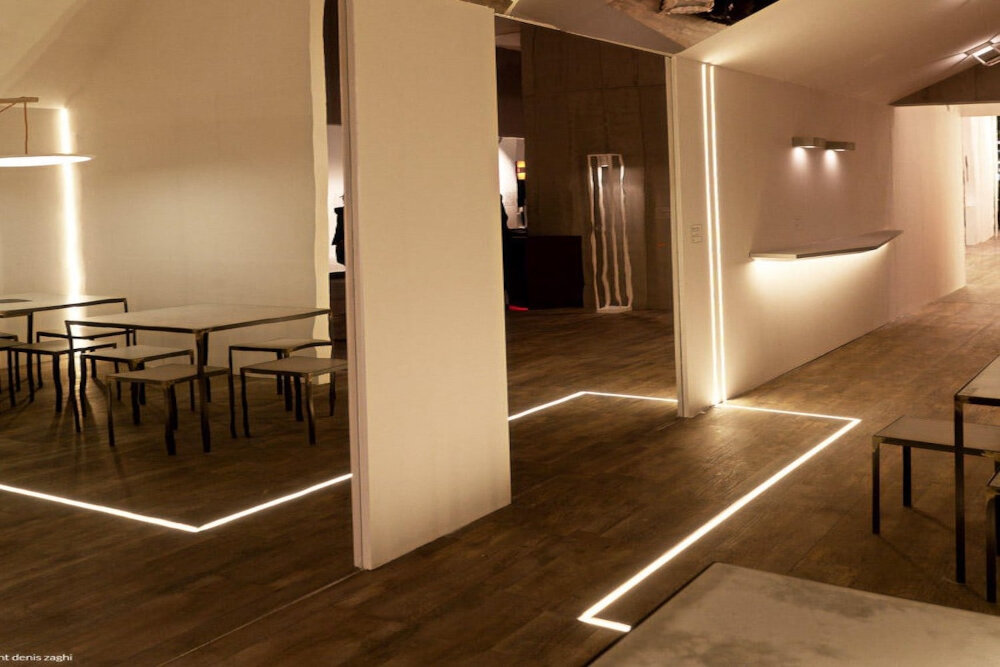
When it comes to buying LED light bulbs, there are a few key factors to consider. First and foremost, make sure you understand the brightness level you need for the space you’re lighting. This is measured in lumens, and the higher the number, the brighter the light. Consider the size of the room and the type of activities that will take place there. For example, a living room may require a brighter bulb than a bedroom, while a workspace may require a daylight bulb for optimal visibility. Additionally, be sure to check the color temperature of the bulb, measured in Kelvins. A warmer temperature (2700-3000K) will give off a yellowish light, while a cooler temperature (5000-6500K) will give off a bluish-white light. Another important factor to consider is the cost of the bulb. While LED bulbs may have a higher upfront cost than traditional incandescent bulbs, they are more energy-efficient and can save you money in the long run. Look for bulbs with an Energy Star label, which indicates that they meet energy efficiency guidelines set by the U. S. Environmental Protection Agency. Additionally, consider the lifespan of the bulb. LED bulbs can last up to 25 times longer than traditional bulbs, which means you won’t have to replace them as often. Overall, by taking these factors into account, you can make an informed decision and choose the right LED light bulbs for your home or workspace.
When shopping for LED light bulbs, it’s crucial to look for certifications and ratings to ensure that you’re getting a high-quality product that meets industry standards. The most important certification to look for is the Energy Star rating, which indicates that the bulb has been tested and meets strict efficiency and performance guidelines set by the Environmental Protection Agency. Additionally, you should look for bulbs that have been certified by independent organizations such as the DesignLights Consortium (DLC) or the Lighting Facts program. These certifications indicate that the bulb has been rigorously tested and meets specific standards for things like color quality, lumen output, and lifespan. By choosing bulbs with these certifications and ratings, you can be confident that you’re getting a high-quality product that will provide the best value for your money.
When considering LED light bulbs, it’s important to take into account both color temperature and CRI. Color temperature refers to the hue of the light emitted, with lower temperatures appearing warmer (more yellow or orange) and higher temperatures appearing cooler (more blue or white). CRI, or color rendering index, measures how accurately colors are represented under the light source compared to natural light. A high CRI means colors appear more true to life, while a low CRI can make colors appear dull or distorted. Both color temperature and CRI can have a significant impact on the ambiance and functionality of a space, so it’s important to choose bulbs that meet your specific needs and preferences.
If you’re looking to save money on LED light bulbs, buying in bulk is a great option. Purchasing a larger quantity of bulbs at once can often result in significant cost savings per bulb. Not only do you save money upfront, but you also won’t have to worry about running out of bulbs anytime soon. Additionally, buying in bulk can be a more environmentally friendly option, as you’ll be reducing packaging waste and emissions associated with frequent trips to the store. Just be sure to do your research and compare prices to ensure you’re getting the best deal possible.
When considering purchasing LED light bulbs, it’s essential to check for warranties and return policies. A warranty assures you that the manufacturer will stand behind their products and replace any defective bulbs within a certain period. On the other hand, return policies give you the freedom to return the bulbs if they fail to meet your expectations or have issues. These policies vary from one seller to another, so it’s wise to read through them carefully before making a purchase. Although LED bulbs are known for their longevity, it’s essential to have a backup plan in case of any unforeseen issues. Therefore, always check for warranties and return policies when shopping for LED light bulbs.
LED light bulbs are an eco-friendly alternative to traditional incandescent bulbs. While they may seem a bit expensive initially, they offer a significant cost-saving over time, making them a smart investment for both your wallet and the environment. The factors that affect LED bulb prices include the brand, quality, color temperature, and brightness level. However, by following some simple tips for buying, you can find the right LED bulbs for your needs at a reasonable cost. These tips include purchasing in bulk, comparing prices, and choosing the right wattage for your needs. In conclusion, investing in LED light bulbs is a wise decision that not only saves you money but also reduces your carbon footprint.
Conclusion
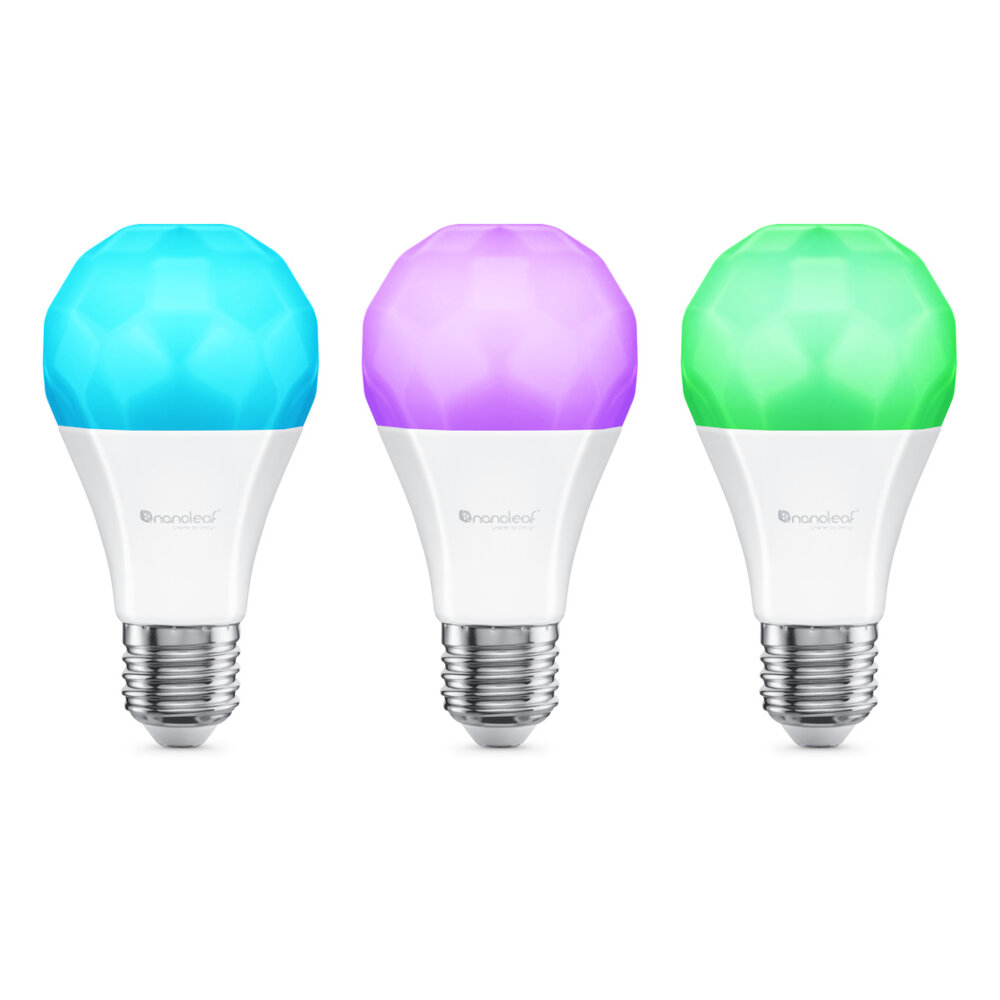
In conclusion, the cost of LED light bulbs varies depending on various factors, including the brand, quality, and features. However, investing in these energy-efficient bulbs is worth the price as they offer long-term cost savings and environmental benefits. While the initial cost may seem high, the lifespan and energy efficiency make LED bulbs a cost-effective choice in the long run. Additionally, with advancements in technology and increased competition, the cost of LED bulbs is expected to decrease in the coming years, making them even more accessible and affordable to consumers. Ultimately, the benefits of using LED bulbs go beyond just cost savings and extend to reducing carbon emissions and promoting a sustainable future.




